Tactical vs Concealable Body Armor: Which is Right for You?
Choosing Between Tactical and Concealable Body Armor
When it comes to personal protection, choosing the right body armor can make all the difference in the world. But with so many options available, doing a body armor comparison is difficult. In this blog post, we'll focus on tactical vs concealable body armor, and the key features that each kind provides. By the time you are finished reading, you’ll have no trouble making an informed decision when purchasing body armor.
The Importance of Body Armor for Personal Protection:
Personal protection is a serious concern for anyone in a high-risk profession, such as law enforcement, security, or military personnel. Ballistic protection is an essential piece of equipment that can help protect against a wide range of threats, from bullets to knives and even explosives. But body armor is not just for professionals; it can also be a valuable tool for civilians looking to protect themselves and their loved ones in everyday situations.
Understanding Tactical Body Armor
What is Tactical Body Armor?
Tactical body armor is designed with high-risk situations in mind, where there is a greater likelihood of encountering hostile fire. Tactical armor is typically bulkier and heavier than concealable armor, but it also tends to offer a higher level of protection against a wider range of threats.
Key Features and Benefits of Tactical Body Armor
The main benefit of tactical body armor is its ability to protect against high-caliber rounds and multiple hits. Tactical armor is often made of stronger, heavier materials like ceramic, steel, or polyethylene, which can withstand higher levels of force.
In addition, tactical armor is designed with additional features to help enhance the user's ability to perform their job. For example, tactical armor may include plate carriers for carrying additional equipment or pouches for holding ammunition or other essential gear. Some tactical armor also features modular designs, allowing the user to customize their protection to fit their specific needs.
Types of Tactical Body Armor
There are several types of tactical body armor, each designed for specific uses and threat levels. Some of the most common types of tactical armor include
- Plate Carriers: Plate carriers are a type of tactical body armor that feature pockets for inserting hard plates made of ceramic,steel, or polyurethane. These plates offer a high level of protection against rifle rounds, making them ideal for use in combat situations.
- Tactical Vests: Tactical vests are another type of tactical armor designed for use in high-risk situations. They are typically made of heavy-duty materials like Kevlar or Spectra Shield and offer a high level of protection against a wide range of threats.
- Ballistic Helmets: Ballistic helmets are a type of tactical armor designed to protect the head from threats like bullets or shrapnel. They are typically made of lightweight materials like aramid fibers or ballistic-grade plastic.
Understanding Concealable Body Armor
What is Concealable Body Armor?
Concealable body armor is designed for everyday use in low-profile situations where discretion is important. Unlike tactical armor, concealable armor is designed to be worn underneath the clothing and is generally lighter and less bulky.
Key Features and Benefits of Concealable Body Armor
One of the main benefits of concealable body armor is its ability to provide protection in situations where the user needs to maintain a low profile. Concealable armor is typically soft body armor made of lightweight materials like Kevlar or Spectra Shield, which offer a high level of protection against handgun rounds while still being comfortable to wear.
Another key feature of concealable armor is its flexibility. Concealable armor can be worn under a variety of clothing styles, allowing the user to maintain their personal style while still being protected.
Types of Concealable Body Armor
There are several types of concealable body armor, each designed for specific uses and threat levels. Some of the most common types of concealable armor include
- Soft Armor: Soft armor is the most common type of concealable body armor. It is made of flexible materials like Kevlar or Spectra Shield and is designed to protect against handgun rounds. Soft armor is lightweight and comfortable to wear, making it a popular choice for everyday use.
- Hard Armor: Hard armor is a type of concealable body armor that features hard plates made of ceramic,steel, or polyethylene. While bulkier and heavier than soft armor, hard armor provides a higher level of protection against rifle rounds and other high-caliber threats.
- Tactical Concealable Armor: Tactical concealable armor is a hybrid between tactical and concealable armor. It is designed to be worn under clothing but still offers a higher level of protection than standard soft armor. Tactical concealable armor may feature additional plates or padding to enhance protection.
Choosing the right type of concealable armor depends on the specific needs of the user and the level of threat they are likely to encounter. It is important to choose armor that is comfortable to wear for extended periods and that can be worn discreetly in a variety of situations.
Wearing Tactical vs Concealable Body Armor
Use cases for concealable body armor
There are a variety of use cases for a concealable vest. Our discreet executive vest has been increasingly popular as more and more regular people have begun using it in their day-to-day lives. This vest is simply the best choice for a lot of people who want to feel safe without being obvious about their personal protection in places like work or school. You don’t have to be a secret agent, celebrity, or CEO to buy this vest, but you will get the same level of protection.

Use cases for tactical armor
A tactical vest has a wider variety of use cases than a concealable vest, because it does not need to be hidden. The rugged and versatile Core Mission Plate Carrier is not designed to be discreet. This vest is for people that want adaptability when it comes to adding accessories, and a vest that can withstand demanding situations. This vest was made to withstand extensive training and long days at the range where you’ll be switching between different firearms. Simply put, this above-average vest is meant for more than average stuff.
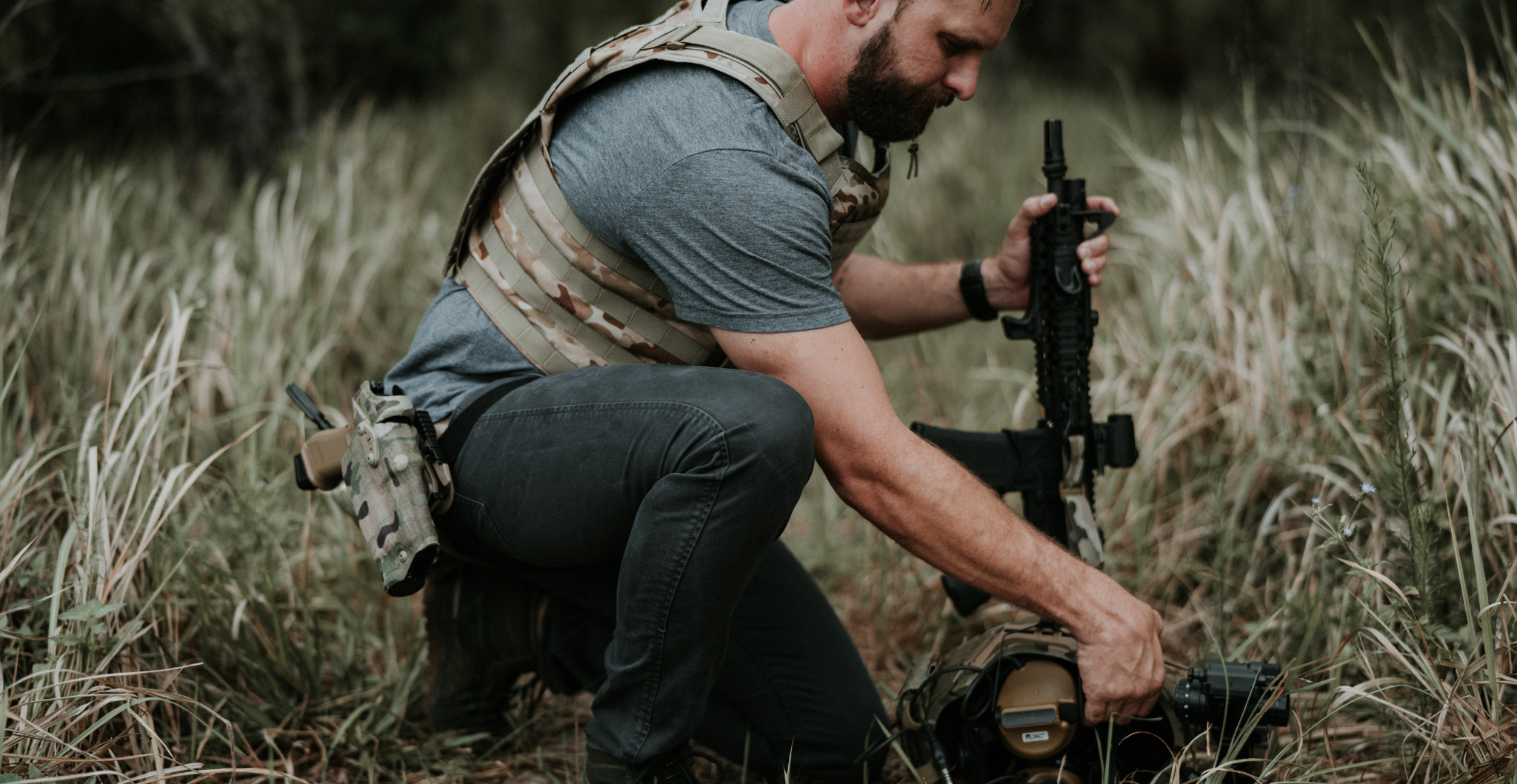
Things to Consider When Choosing Between Tactical and Concealable Body Armor
Level of Protection Needed
One of the most important factors to consider when choosing between tactical and concealable body armor is the level of protection needed. Tactical armor is typically designed to offer a higher level of protection against a wider range of threats, including high-caliber rifle rounds. Concealable armor, on the other hand, is typically designed to protect against handgun rounds, while being comfortable and lightweight enough to wear for extended periods.
Comfort and Mobility
Another important consideration is comfort and mobility. Tactical armor is typically bulkier and heavier than concealable armor, which can make it less comfortable to wear for extended periods. In addition, tactical armor can restrict movement, making it more difficult to perform certain tasks. Both of these can be attributed to the accessories typically used in conjunction with tactical armor, like mag or admin pouches. Concealable armor, on the other hand, is designed to be lightweight and flexible, allowing for greater mobility and comfort.
NIJ Rating
The National Institute of Justice (NIJ) sets standards for the level of protection offered by body armor. Both tactical and concealable armor can be rated by the NIJ, with higher levels offering greater protection against more powerful threats. When choosing between tactical and concealable armor, it is important to consider the NIJ rating and the level of protection it offers.
You will most likely find that concealable armor has a lower rating than tactical armor, though this may not always be the case.

Legal Requirements
A lot of people find laws surrounding body armor to be a bit confusing. In some states, body armor may be restricted for certain people. Before purchasing any type of body armor, take a look at our blog to find out about the body armor laws in your state.
How Do I Choose the Right Type of Body Armor?
The level of protection needed, comfort and mobility, visibility, and durability are all important factors to consider. Tactical body armor offers higher levels of protection against high-velocity rounds and sharp objects but is heavier and less comfortable to wear for extended periods. Concealable armor is lightweight and flexible, designed to be worn under clothing, but may offer less protection against higher-level threats.
If you are new to body armor, consider reading about where and how to wear body armor.
What are your thoughts on tactical or concealable armor? Let us know by sharing your opinions below. If you have any questions or concerns, please don’t hesitate to reach out to us on social media, or by contacting our support team.

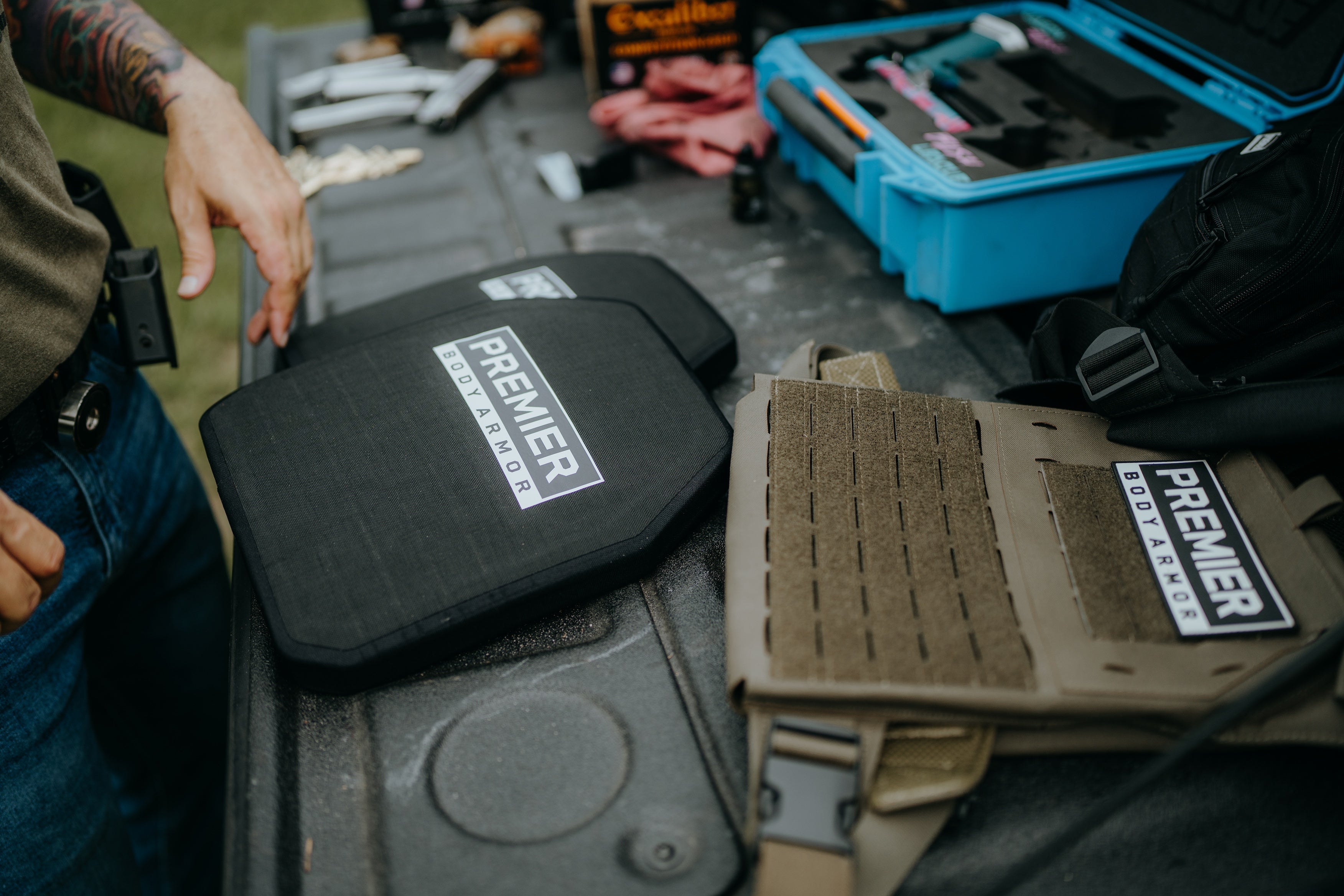
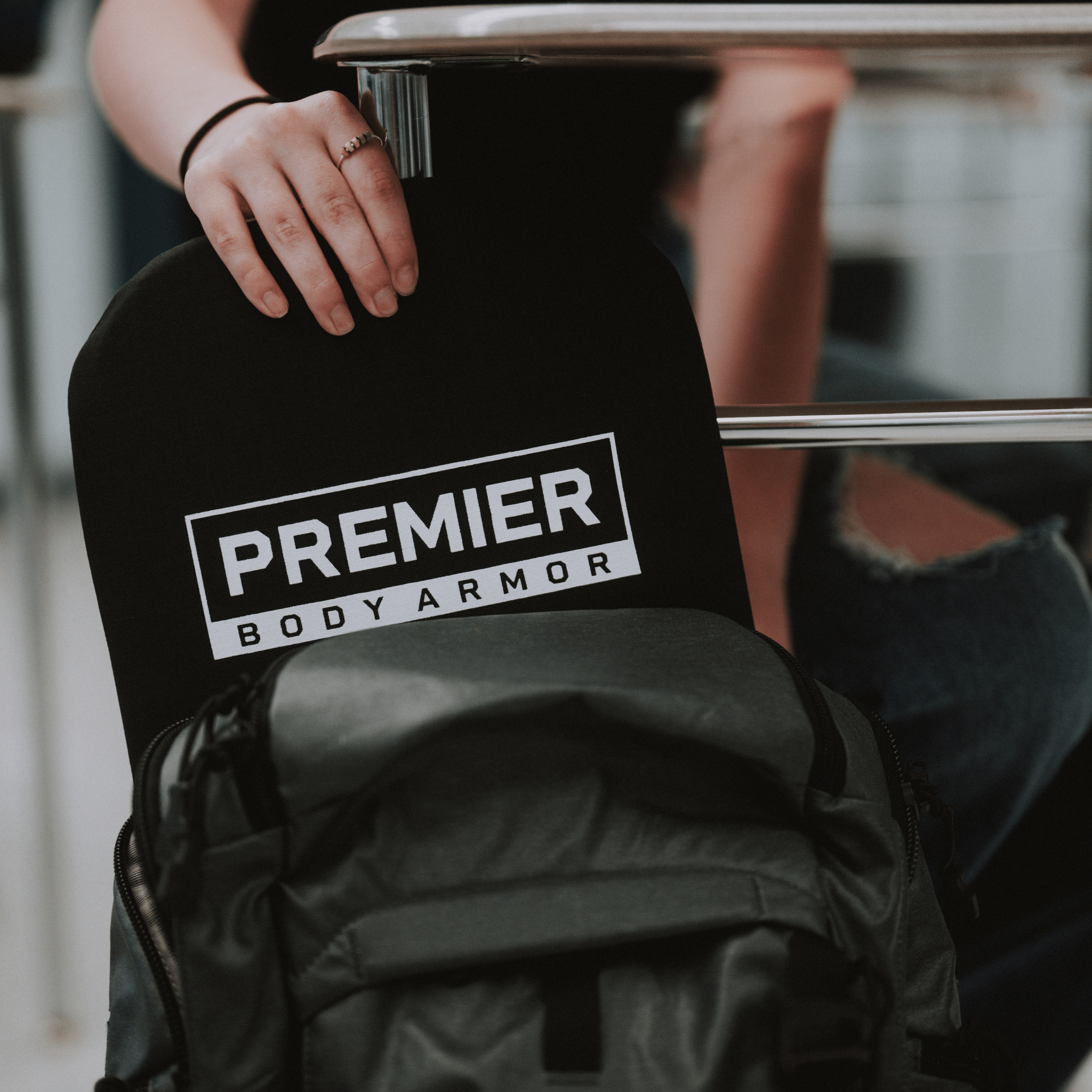
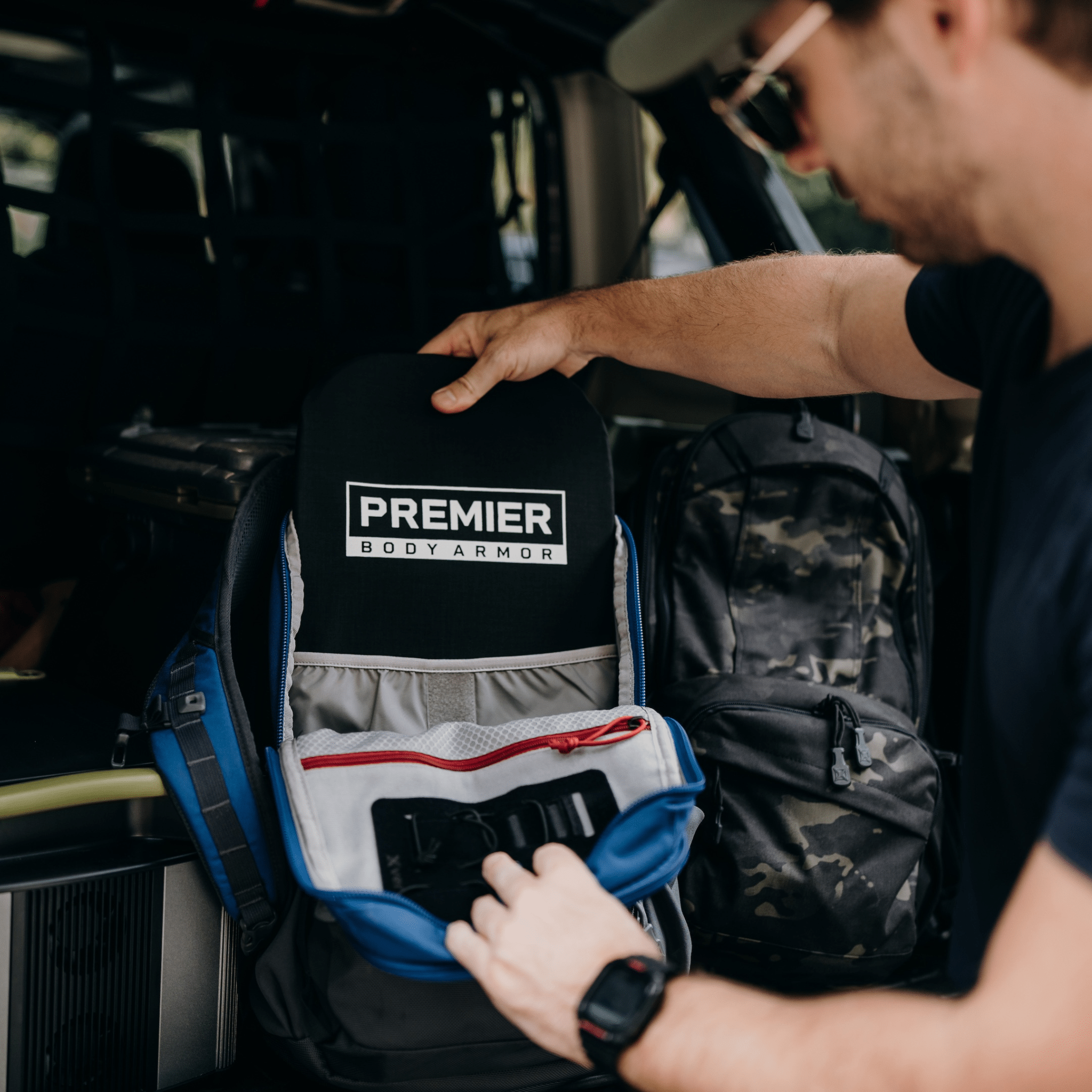
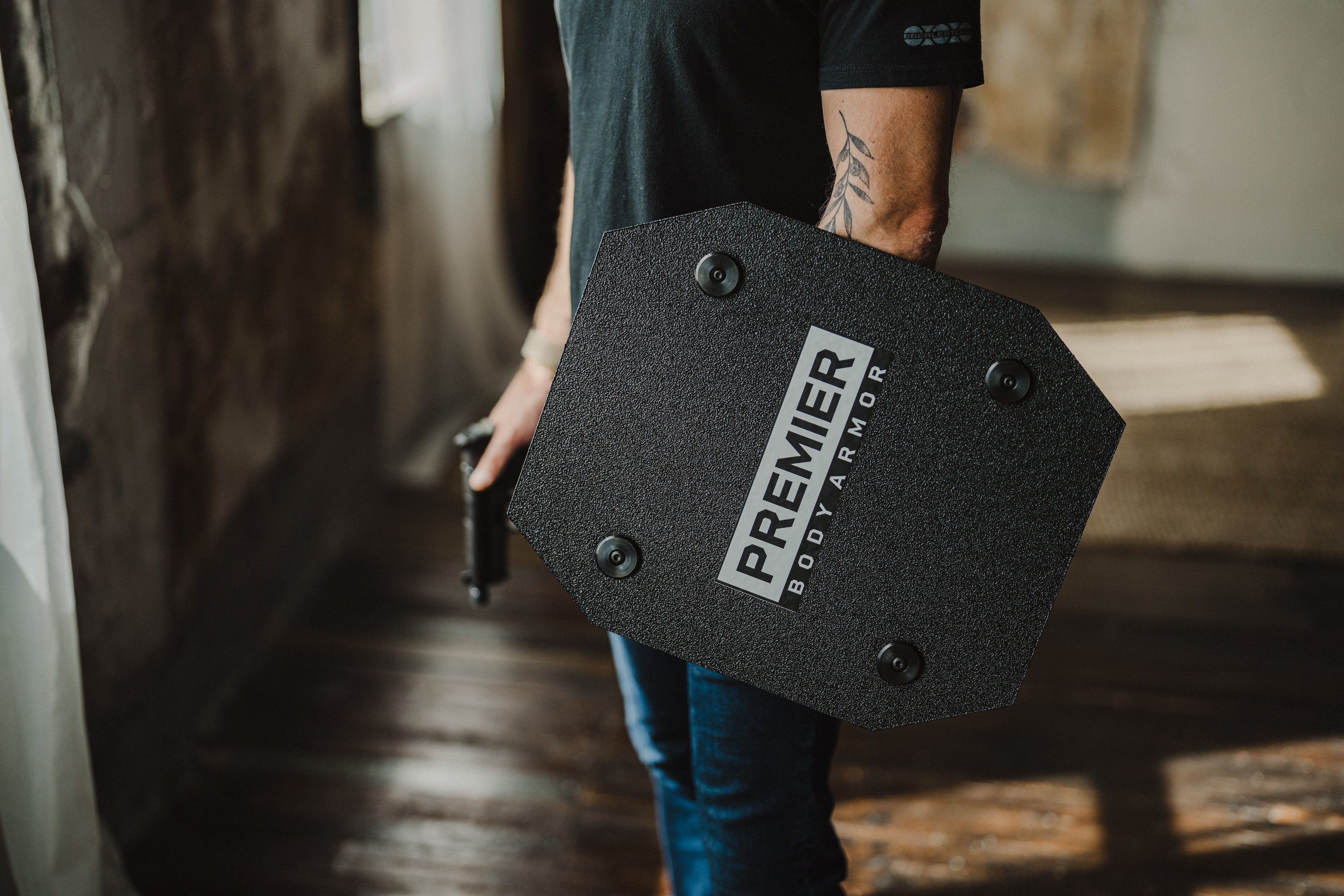





Leave a comment